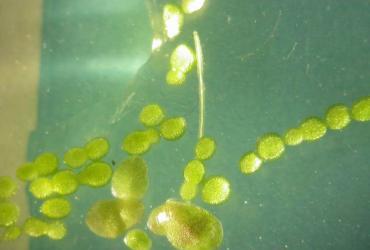The findings confirm that efforts to reduce pollution, and the cooperation among Danube countries to improve water quality, are bringing positive results. The Danube in general shows signs of improving water quality and still contains significant natural populations of flora and fauna which are typical for such a large river. A number of important chemical and biological parameters show improvement in comparison to the JDS1 of 2001. In addition, the first ever systematic survey of the hydromorphology of the river identified large areas that remain in good natural condition.
Despite a number of positive findings, there are others that confirm that the work is not yet completed. It is obvious that a further reduction of nutrients and organic pollution is needed. The Danube continues to show signs of degradation downstream of major cities and in a number of important tributaries as a result of insufficient or non-existent treatment of municipal wastes. The efforts to establish waste water treatment plants in the basin, particularly in cities such as Budapest, Belgrade and Bucharest, need to be accelerated. In addition, some countries need to intensify the pollution control efforts from industry on major tributaries. Overall, the reduction of pollution from agriculture, both nutrients and pesticides, must continue - particularly to ensure that the improvement of the economic situation does not occur at the expense of reduced water quality. Some toxic hot-spots also require more active attention.
Positive efforts that have been made to restore damaged natural areas, such as floodplains (e.g. in Munich, east of Vienna, on the Belene Islands and the Danube Delta), need clearly to be continued if the good ecological condition of the river is to be achieved. More intensive discussions with stakeholders - such as the navigation sector, hydropower and the detergent industry - about measures to reduce particular pressures are needed. The cooperative climate that exists among many stakeholders for addressing the problems needs to be maintained.
Areas for further research and investigation have also been identified by the JDS2. This includes levels of mercury in some samples, particularly in fish tissue, as well as the sources of pollutants in some tributaries. The large number of non-native fish and other organisms in the Danube also require further assessment - although some appear to be the result of climate change.
For more detailed results from the JDS2, please download our JDS2 Publications.


















